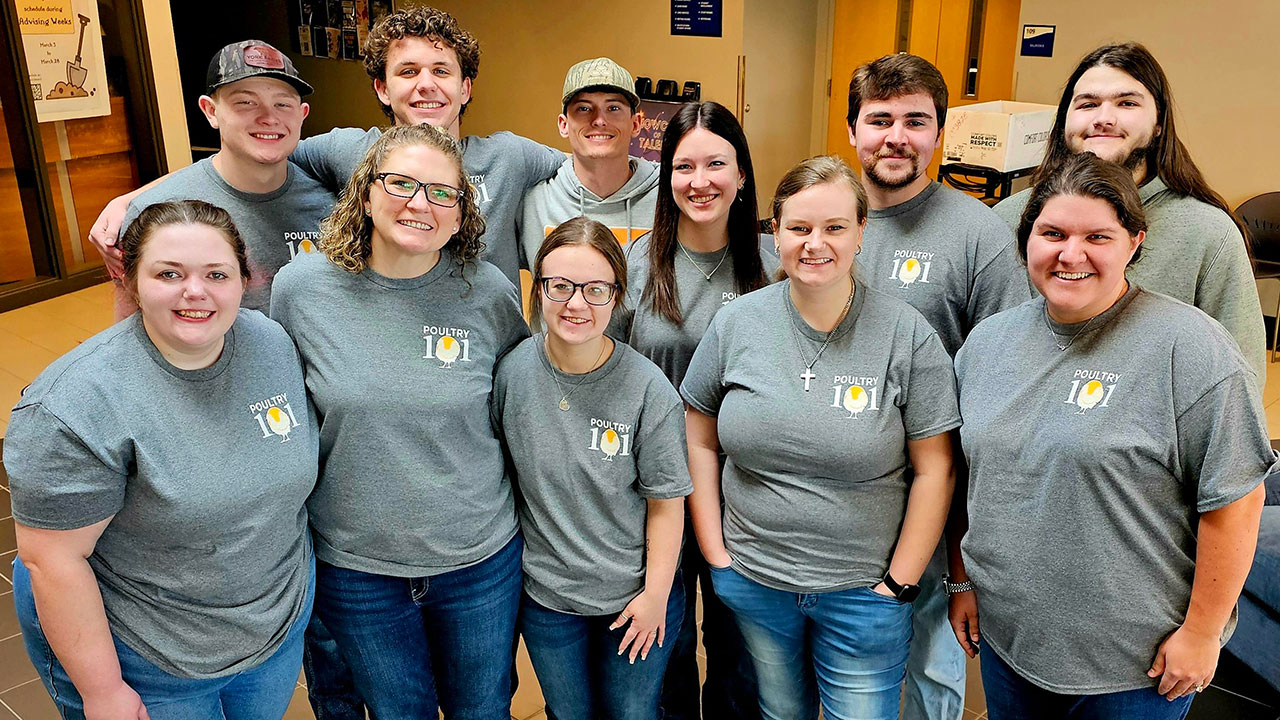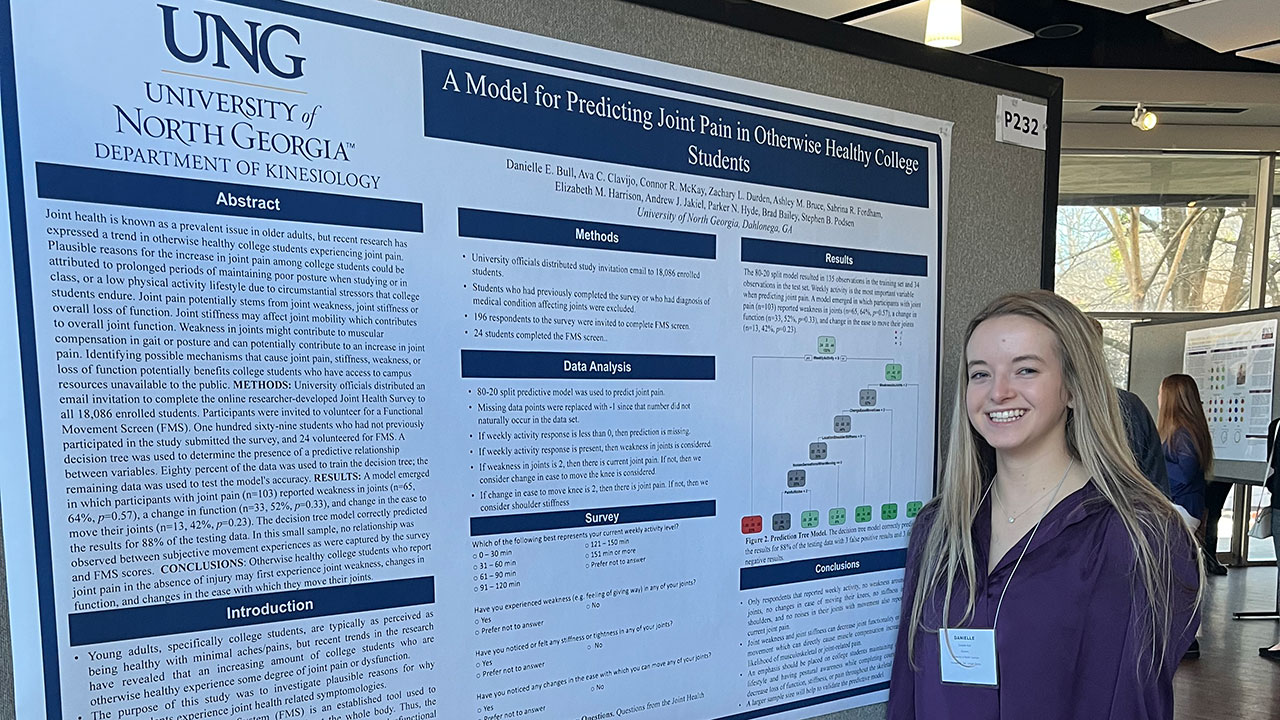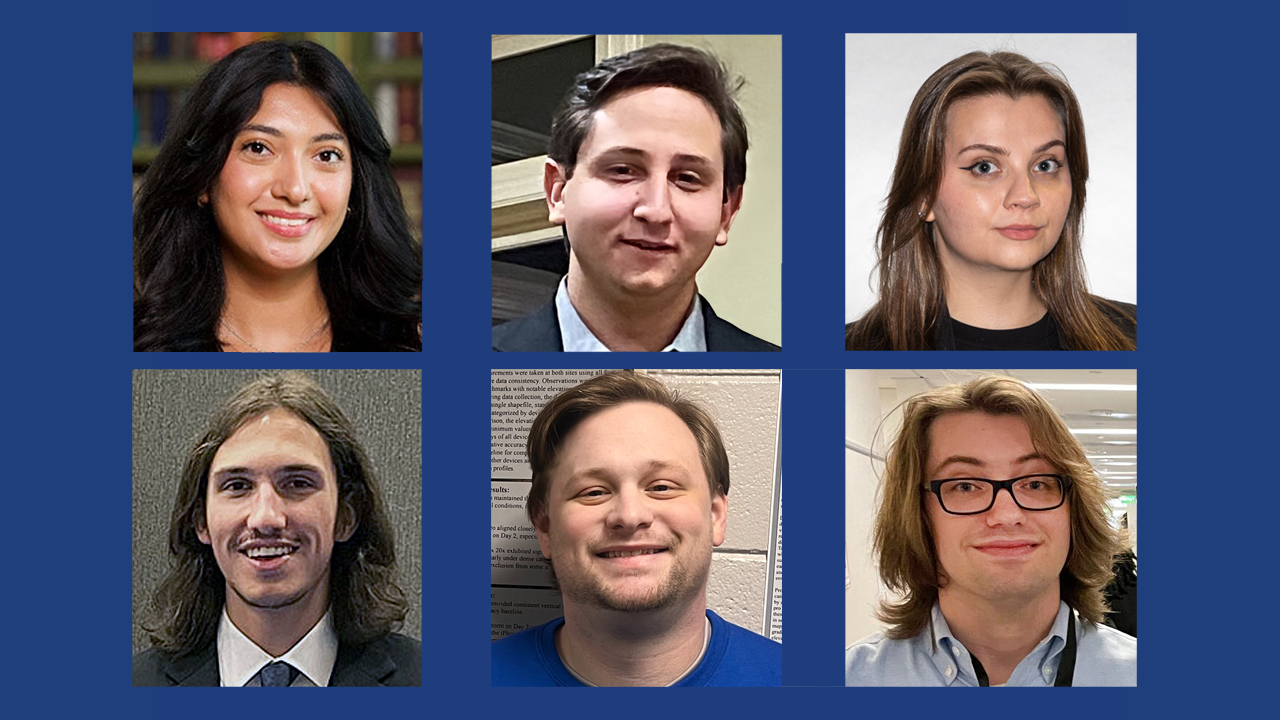Students learn to operate large radio telescope in Puerto Rico

Article By: Staff
For about 20 hours over 2 1/2 days, University of North Georgia (UNG) students Joseph Froetschel, Suzy Steel and Lani Chastain helmed the world's second-largest single-dish radio telescope at Arecibo Observatory in Puerto Rico.
It is an experience not open to many, said Dr. Allison Smith, part-time faculty in physics and astronomy at UNG. She submitted a proposal to search for intermediate velocity molecular clouds, or small molecular gas clouds, falling toward the galactic disk as part of an undergraduate research project.
"It was peer-reviewed by other scientists," Smith said. "And our proposal was approved and received a high ranking."
Thanks to that, Smith and her students were allotted 63 hours on the radio telescope at Arecibo Observatory. Smith and the students traveled to Puerto Rico for hands-on training and to observe for 20 hours in mid-September.
The remaining 43 hours of recorded data can be accessed remotely by UNG's researchers. Students continue to search for hydroxyl emission from the small gas clouds.
 |
|
UNG students helmed the world's second-largest single-dish radio telescope at Arecibo Observatory in Puerto Rico. |
Smith said it was beneficial for Froetschel, Steel and Chastain to be onsite. They learned about the planetary radar system and how data and signals are received from the radio telescope. They also manned the system's computers and moved the telescope.
"It was a really big learning curve," said Chastain, a sophomore pursuing a physics degree.
Smith described it as an immersive experience.
"The students got to see firsthand what's behind the astronomical signal on the computer screen," she said. "They also visited the telescope platform, which is suspended 500 feet above the dish, to see how everything worked."
Students met visiting guest speakers and researchers as well as the scientists and telescope operators based at the observatory.
"We have a better understanding of a day in the life of a radio astronomer," said Steel, a junior pursuing a physics degree with a mathematics minor.
The experience will help students improve their observing skills. All three are telescope operators for the North Georgia Astronomical Observatory at UNG.
The students also have learned about undergraduate research elements such as processing data and sharing their research. They presented their preliminary findings in a poster presentation Oct. 25-26 during the Georgia Regional Astronomy Meeting at Dalton State College.
All three students agreed the experiences solidified their plans to study astronomy and become telescope operators.
"It cemented my decision to go into the field of astronomy," said Froetschel, a senior pursuing a physics degree who had considered engineering as a profession.
Steel said it opened her eyes to all of the job possibilities in astronomy while Chastain described the dream trip as surreal. Smith said the Arecibo Observatory is one of her favorite places to visit, and she was glad to share it with her students.
"It is great to give students this experience and watch the magnitude of their excitement," Smith said.



